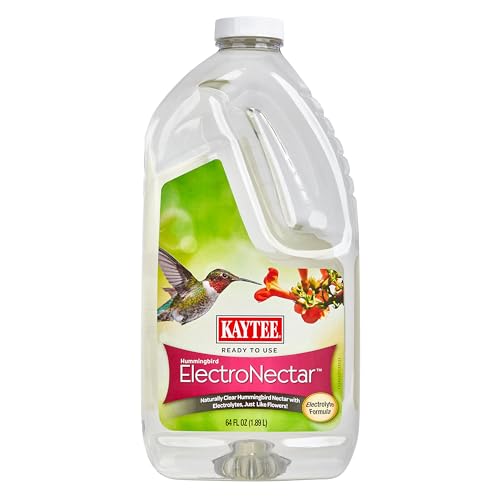Why wrapping aluminum foil around hummingbird feeders could save your nectar this summer
A simple aluminum foil hack could help keep your hummingbird nectar cooler, fresher, and safer for your backyard visitors all summer long

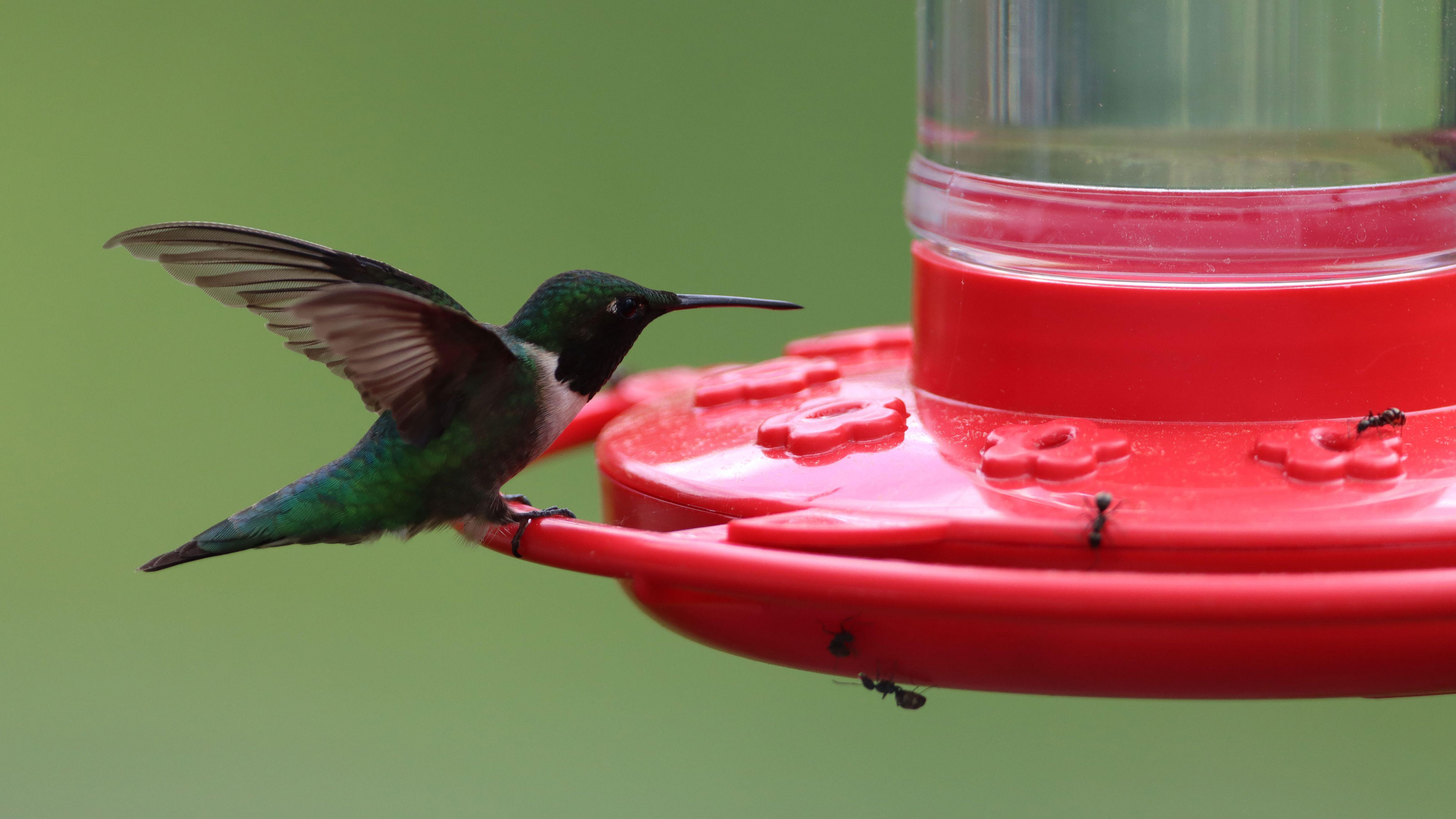
If you’ve noticed a neighbor wrapping their hummingbird feeder in aluminum foil, they’re likely trying to keep the nectar fresh for longer during the hot summer months when you would usually be feeding birds.
As temperatures rise, especially above 90°F, sugary nectar can quickly spoil – fermenting or growing harmful bacteria and mold that can be dangerous to hummingbirds. Wrapping the feeder in aluminum foil helps reflect heat and sunlight away, potentially keeping the nectar cooler and safer for these delicate birds.
Aluminum foil’s shiny surface reflects both heat and light, which is why it’s used in insulation and why it can be effective for protecting feeders from the harsh sun. Beyond temperature control, the foil’s reflective quality may also help deter bees and squirrels, as the glare can confuse or discourage these persistent visitors.
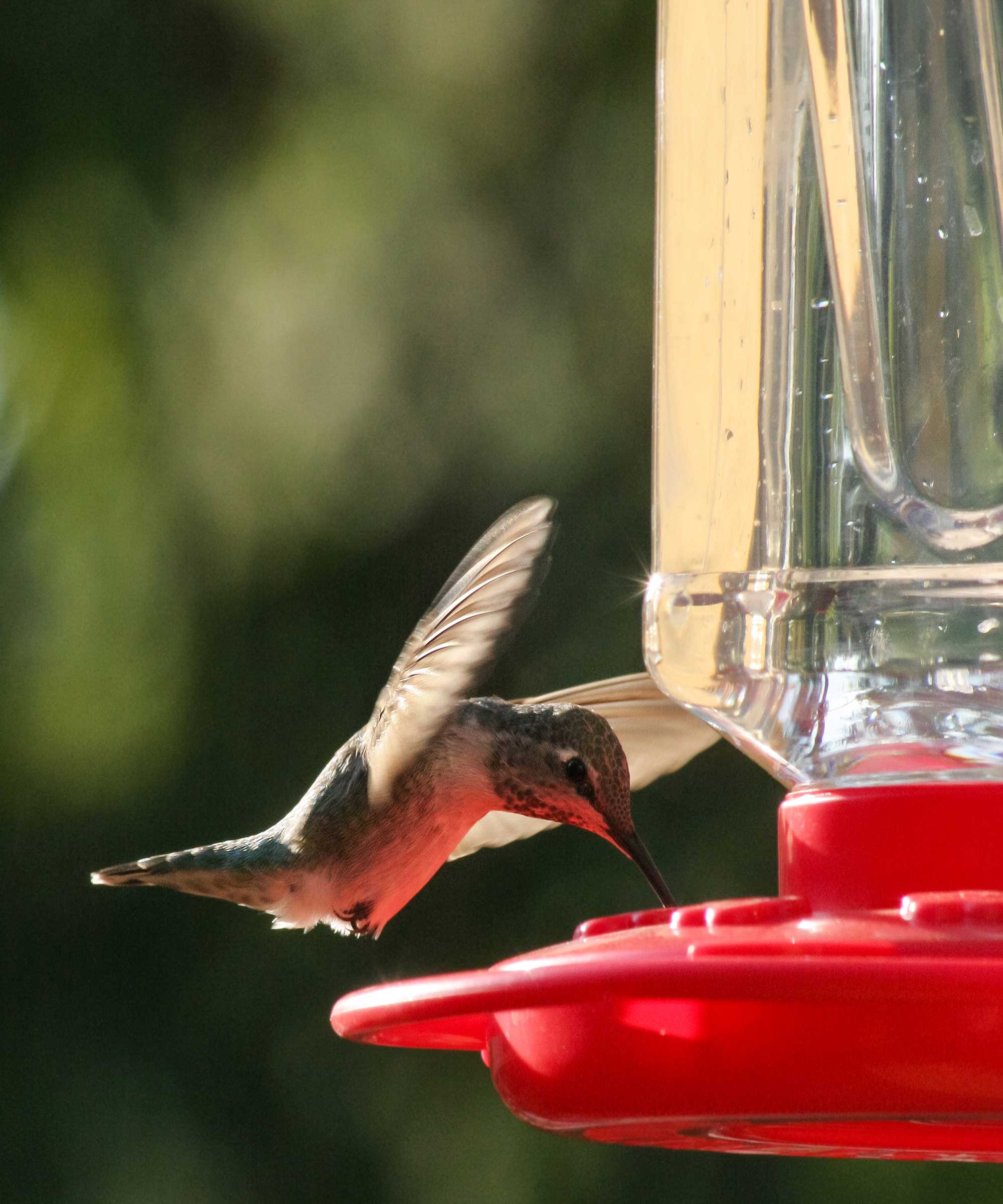
For those hoping to attract hummingbirds, especially during peak hummingbird migration seasons, keeping nectar fresh and safe is essential. Spoiled nectar not only deters these tiny visitors but can also pose serious health risks.
However, while aluminum foil helps regulate temperature, it’s not a cure-all. Nectar can spoil quickly in extreme heat, and contaminated sugar water can lead to fungal infections that affect hummingbirds’ ability to feed.
Regularly changing the nectar, cleaning feeders thoroughly, and monitoring for cloudiness are essential steps to keep your feathered friends safe. Cloudy nectar is a clear sign of mold or bacterial growth and should be discarded immediately.
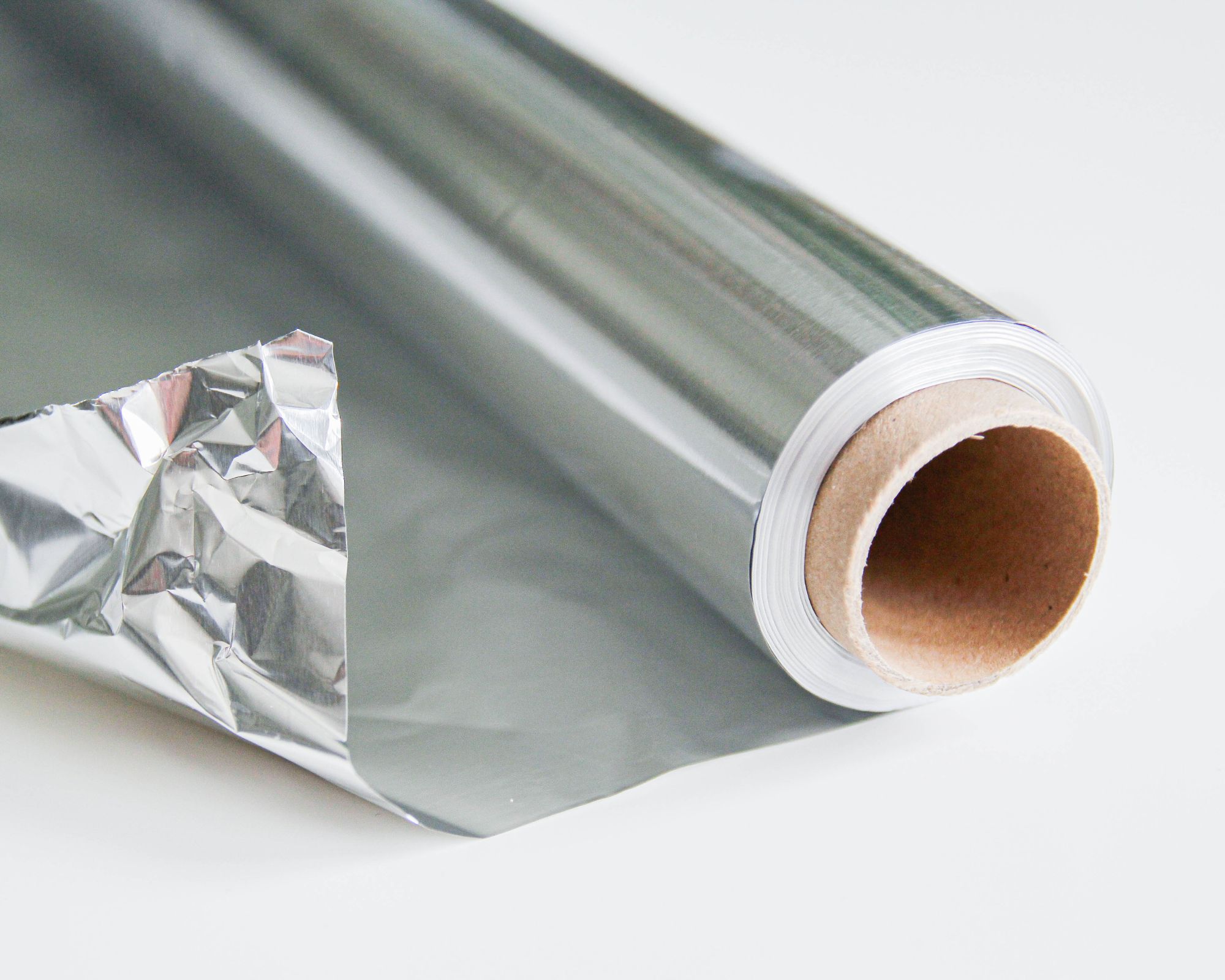
To use this simple hack, wrap a piece of foil around the nectar reservoir of your feeder, and consider crumpling the foil slightly to create a layer of air for added insulation. Placing your feeder in a shady spot or switching to a glass feeder instead of plastic can further help regulate nectar temperature. Adding ice to the nectar or offering smaller amounts more frequently are additional ways to prevent spoilage.
Design expertise in your inbox – from inspiring decorating ideas and beautiful celebrity homes to practical gardening advice and shopping round-ups.
By combining these simple steps with the aluminum foil wrap, you can keep your hummingbird feeder fresh, inviting, and safe – ensuring you enjoy the vibrant presence of hummingbirds throughout the summer season.
Shop hummingbird feeders and nectar
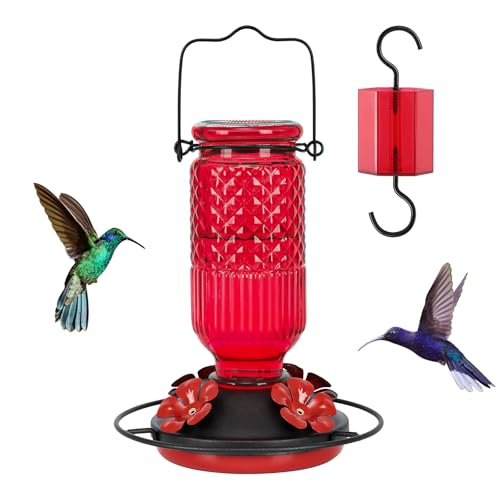
This elegant glass hummingbird feeder features four metal flower feeding ports and a built-in ant moat to keep bees and ants at bay. With 360° metal perches, it offers hummingbirds a comfortable place to rest and play. The 16 oz capacity and leak-proof gasket ensure no spills, even in windy conditions.
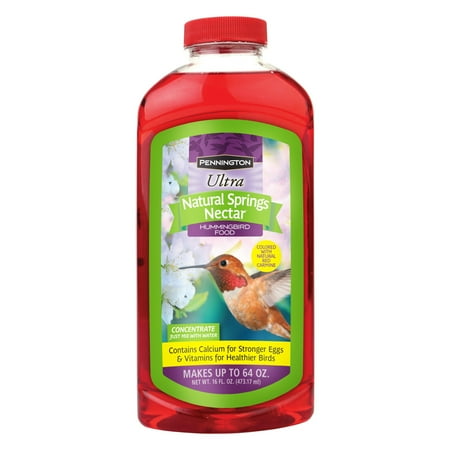
Pennington No Artificial Dye Hummingbird Food Concentrate, 16 oz, offers a premium and natural solution for nurturing hummingbirds. Simply mix one part concentrate with three parts water to create up to 64 oz of sweet, dye-free nectar that’s safe for all hummingbird life stages.

Jennifer is the Digital Editor at Homes & Gardens, bringing years of interiors experience across the US and UK. She has worked with leading publications, blending expertise in PR, marketing, social media, commercial strategy, and e-commerce. Jennifer has covered every corner of the home – curating projects from top interior designers, sourcing celebrity properties, reviewing appliances, and delivering timely news. Now, she channels her digital skills into shaping the world’s leading interiors website.
